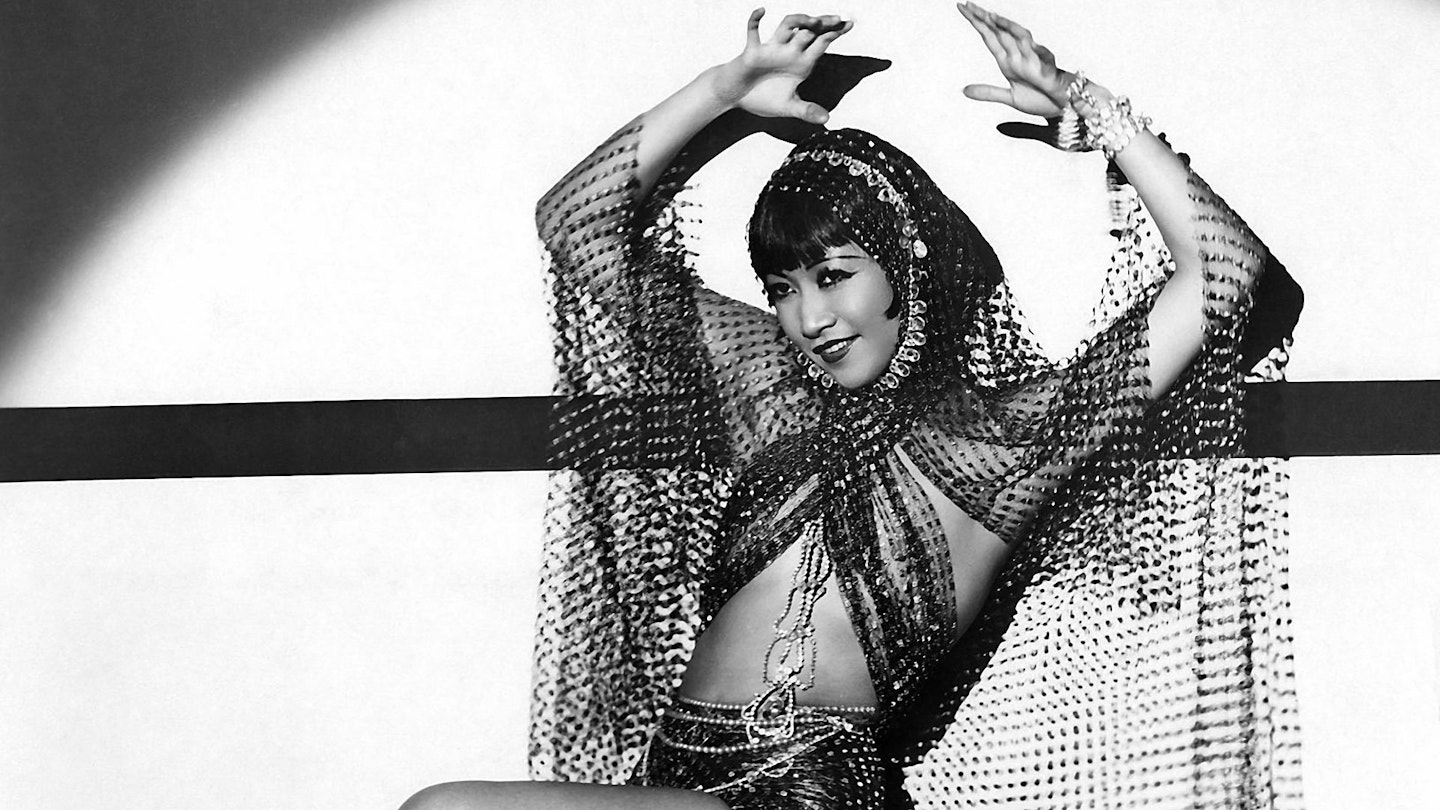Having demythologised Marlene Dietrich in Dishonored and proved he could create effectively without her on An American Tragedy, Josef von Sternberg renewed his frustrated fixation with his Muse in this exotic melodrama, whose ingenuity and intrigue owed much to Jules Furthman's canny screenplay.
However, the narrative was never allowed to deflect attention from the atmospheric décor, which von Sternberg designed in collaboration with Hans Dreier. But, for once, Dietrich succeeded in holding her iconic own against her mentor's visual finesse and, consequently, this represents their most equitable achievement.
Dietrich is at her sultry best in her scenes with Clive Brook's British military medic, but she also shows spirit and backbone in her showdowns with Warner Oland's bandit. But her performance is exquisitely incorporated into the overall design by von Sternberg and Oscar-winning cinematographer Lee Garmes, who were collaborating for the fourth and last time.
As ever, von Sternberg surrounded Dietrich with feathers, drapery, smoke, shadows and shafts of light emanating from lanterns and through window blinds. But, he also turned calligraphy into a co-character and the action is littered with letters, notes, cables, signs, newspapers, magazines, documentation and ideograms, which not only helped establish the setting, but also suggested that the writing was on the wall for Lily and her fellow travellers.
But von Sternberg also used the cramped compartments, narrow corridors and crowded platforms to convey the sense of claustrophobia that found echo in the deadpan delivery style, which was designed to reflect the monotony of the long-distance journey. However, the pace picked up once the train slowed down and the false personas adopted by the opium dealer (Gustav von Seyffertitz), the cashiered soldier (Emile Chautard), the duplicitous gambler (Eugene Pallette) and the born-again prostitute (Anna May Wong) were exposed under Oland's callous interrogation.
Only Dietrich and Brook had nothing to hide and, thus, resisted his hectoring. But, even as he celebrated their enduring passion, Von Sternberg couldn't resist reminding his star of her debt to him by using a picture from her voluptuous past in Brook's watch to contrast with the sophistication he had helped fashion.
